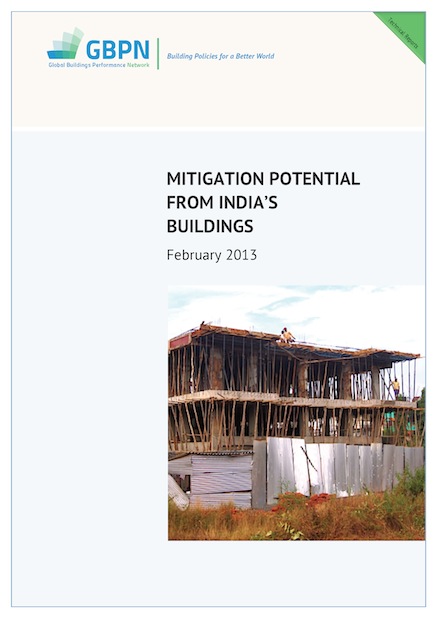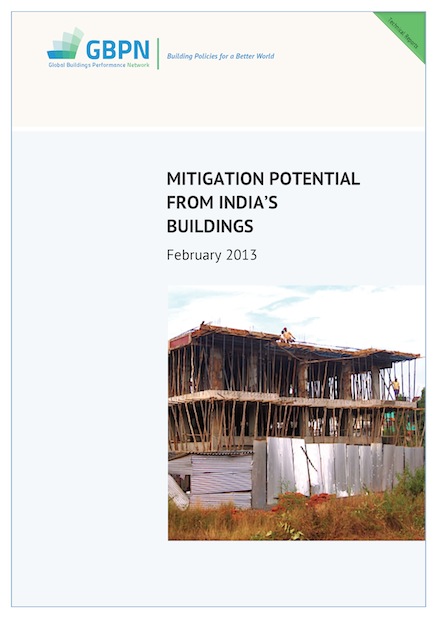印度建筑的减排潜力

可靠证据表明,至2050年印度建筑领域会产生巨幅能源增长,基于此估测,本报告分析了印度目前建筑节能减排的政策框架及其节能潜力。
9 result(s) found

可靠证据表明,至2050年印度建筑领域会产生巨幅能源增长,基于此估测,本报告分析了印度目前建筑节能减排的政策框架及其节能潜力。
可靠证据表明,至2050年印度建筑领域会产生巨幅能源增长,基于此估测,本报告分析了印度目前建筑节能减排的政策框架及其节能潜力。
 可靠证据表明,至2050年印度建筑领域会产生巨幅能源增长,基于此估测,本报告分析了印度目前建筑节能减排的政策框架及其节能潜力。
可靠证据表明,至2050年印度建筑领域会产生巨幅能源增长,基于此估测,本报告分析了印度目前建筑节能减排的政策框架及其节能潜力。
 Technical Report
Technical Report
Demonstrating the enormity of the predicted energy growth in India's building sector up to 2050, this report explores the current political framework for energy efficient buildings and the potential for change.
In European countries, buildings are the major energy consumers due to the general low energy performance of the existing building stock. To achieve the ambitioned targets for emissions reduction, it will be necessary to take actions for its large scale renovation. However, today's standards are mainly focused on new buildings, guiding the improvement of the energy performance of the existing buildings into expensive processes and complex procedures that seldom are accepted by users, owners or promoters.
A new analysis framework is developed and applied to assess the benefits of building energy efficiency policies and programs. One of the main advantages of the new energy productivity analysis is that it accounts for both economic and energy performances of energy efficiency actions using only one metric. Specifically, the approach applies the concept of energy productivity to the building sector and accounts for both value added and energy savings of energy efficiency measures.
The German government has developed a variety of policy instruments intended to reduce national CO2 emissions. These instruments include a programme administered by KfW bank, which aims at improving the energy efficiency of buildings. It provides attractive credit conditions or subsidies to finance refurbishment measures which improve the energy efficiency of buildings significantly. The refurbishment programme leads to a reduction in energy use, which benefits private investors by reducing their energy bills.
This paper presents a comprehensive literature review of what drives the adoption of green building (GB) practices among construction stakeholders. The review is based on literature that have been published in peer-reviewed journals. Through a systematic review of the literature, authors are able to identify generic drivers for stakeholders to pursue GB. A total of 64 drivers were identified from reviewing 42 selected empirical studies. The paper presents a classification framework for the GB drivers.
The reliability, security, and sustainability of energy generation and supply are of global importance and the building sector accounts for up to 32% of total energy consumption, which makes it a key player in the domain. Previous research has identified that the actual energy consumption in buildings could be as much as 2.5 times of the predicted or simulated.